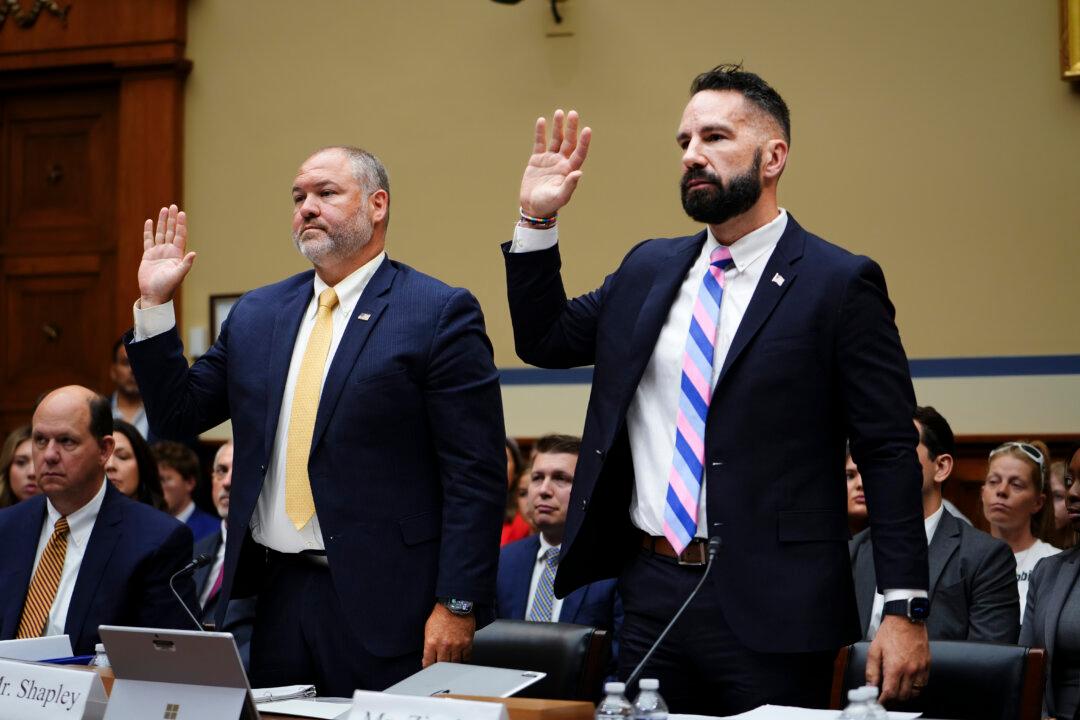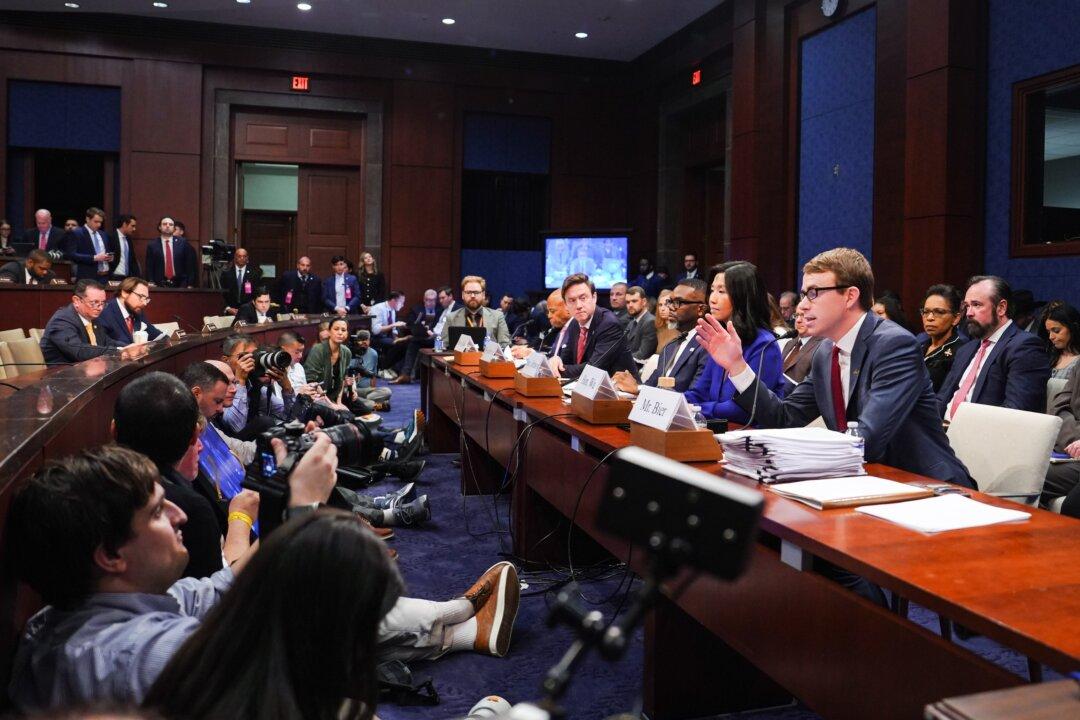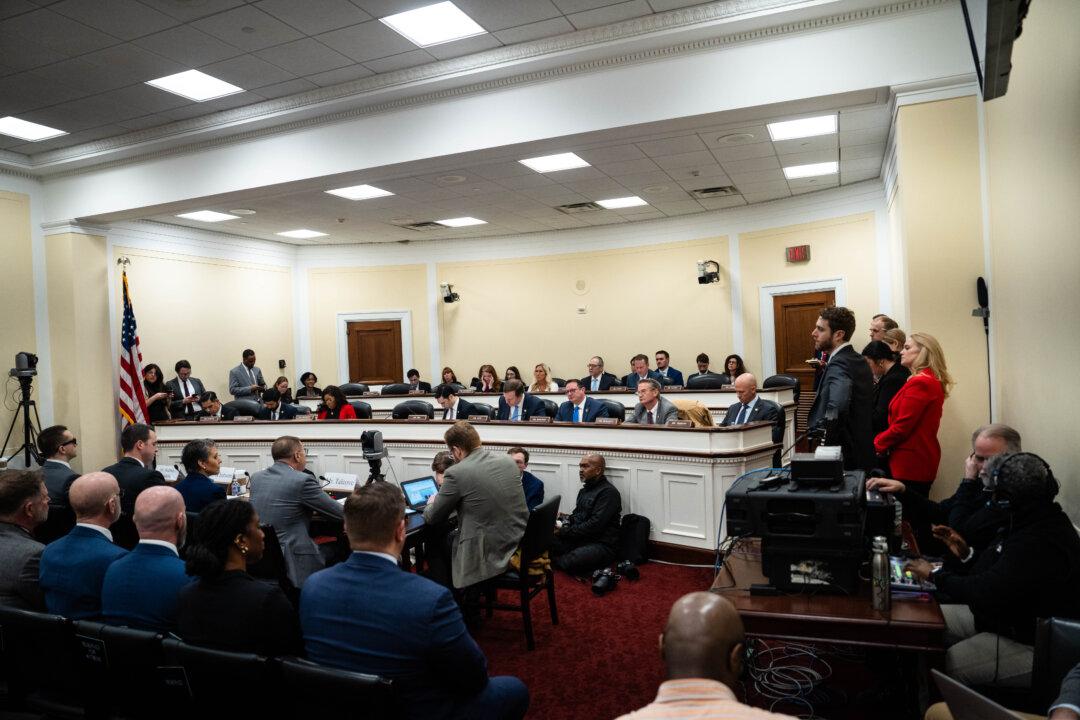Taxes will go up for millions of lower- and middle-income taxpayers under the House Democrats’ version of President Joe Biden’s Build Back Better plan, according to two new analyses by the non-partisan professional staff of the congressional Joint Committee on Taxation (JCT).
“While Republican tax reform in 2017 cut taxes for all Americans, and increased the progressivity of the tax code, the Democrats’ approach to tax reform does not cut taxes for anyone, but it would raise taxes on millions of lower- and middle-income Americans at a time when they can least afford it,” U.S. Senate Finance Committee Ranking Member Mike Crapo (R-Idaho) said in a statement issued late Monday.





